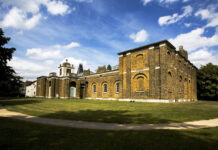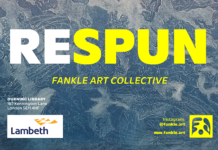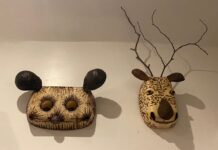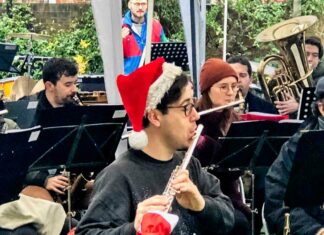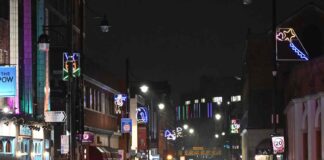Acclaimed Brixton artist, Anthea Toorchen, died earlier this year, at the age of just 59. Co Arts Editor, Ruth Waters, talked to Philippa Jones, one of the organisers of a memorial exhibition of Anthea’s work at Brixton East later this month.
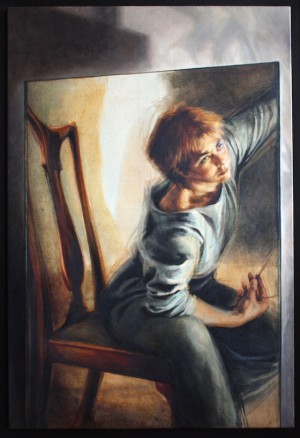
Anthea Toorchen’s artistic journey defied convention – where most artists establish a medium, and style at art school and work within these confounds, Anthea worked as painter, drawer, illustrator, sculptor and print maker during her career, returning to college in her thirties to try new things. “With the exhibition we wanted to pay homage to all the different areas of Anthea’s work, her complete journey as an artist” Philippa tells me. “She had always wanted to have a solo exhibition”.
Her subject matter varied enormously. For the first part of her career, Anthea worked as a portrait artist, with “quite a traditional focus” – her skill was recognised by the National Portrait Gallery – where two of her paintings were displayed – but she produced her most intriguing and experimental work in her late 30s and early 40s.
During her earlier years as a portrait artist, Anthea visited local old people’s homes and the bingo hall in Camberwell, drawing portraits of people there. “Her choice of subject always reflected her social commitments. She was interested and committed to people who had been held back or who were oppressed by society in some way.”
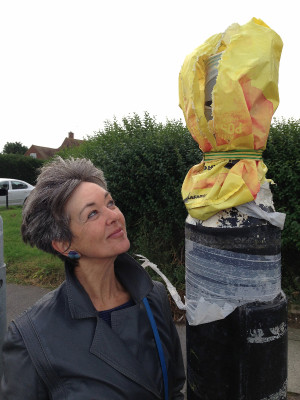
Later Anthea went on to use derelict street furniture including broken lampposts, covered in plastic and worn out motorbike covers. “Her work was always about redeeming and repairing things – she took the ugly and the shrouded and transformed it into something interesting and beautiful. Through her work she reclaimed things and showed us their qualities”. Anthea’s detailed prints of covered broken lamp posts were what gained her membership to the Royal College of Art.
Having lived in Brixton since the mid eighties, starting off in a squat, Anthea loved the area – “the urban environment of Brixton – especially in the eighties and nineties – inspired her. She really identified with the area”. As a member of the Brixton Housing Co op, “she felt supported” and she also loved her local studio in Loughborough Junction.
Philippa, and I suspect many of Anthea’s friends, wonders about the parallels between her interest in shrouded and hidden objects and her own battle with Hepatitis C. “It’s strange that as she was working on these beautiful drawings and prints of objects with broken parts hidden from view, her own body was hiding a secret ‘brokenness’.”
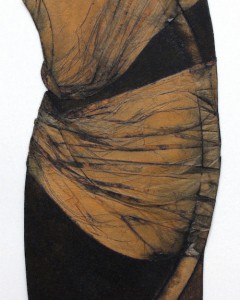
The stigma around the illness which would eventually take her life was something Anthea attacked with her signature style of bravery – “she kept her symptoms hidden from her friends, and was working all the time.” She was also involved with the Hepatitis C Trust, working to raise awareness of the condition.
I ask Philippa what people who aren’t familiar with Anthea’s work can expect from the her memorial exhibition “They’ll see the journey of an artist, finding different ways of expressing the same thing. Whatever Anthea created she did it with brilliant craftswomanship – whether it was making an accordion of crisp packets or drawing the folds of fabric- everything she created was beautiful and redeeming in its own way.”
The Anthea Toorchen Memorial Exhibition opens at 6pm on Monday 22 June at Brixton East and runs for two days. The exhibition is free to attend and everyone is welcome.

